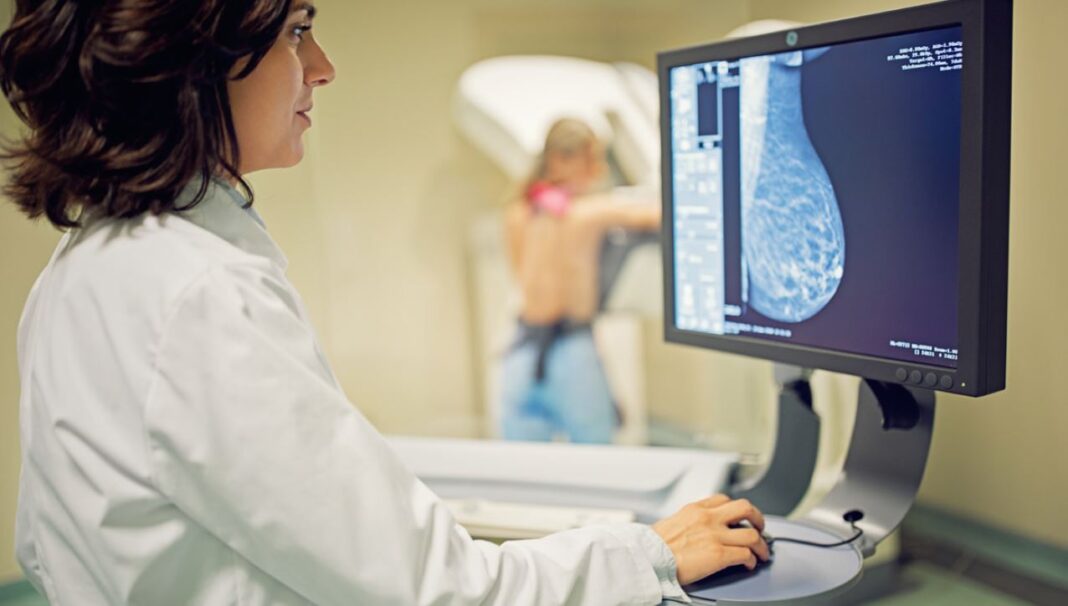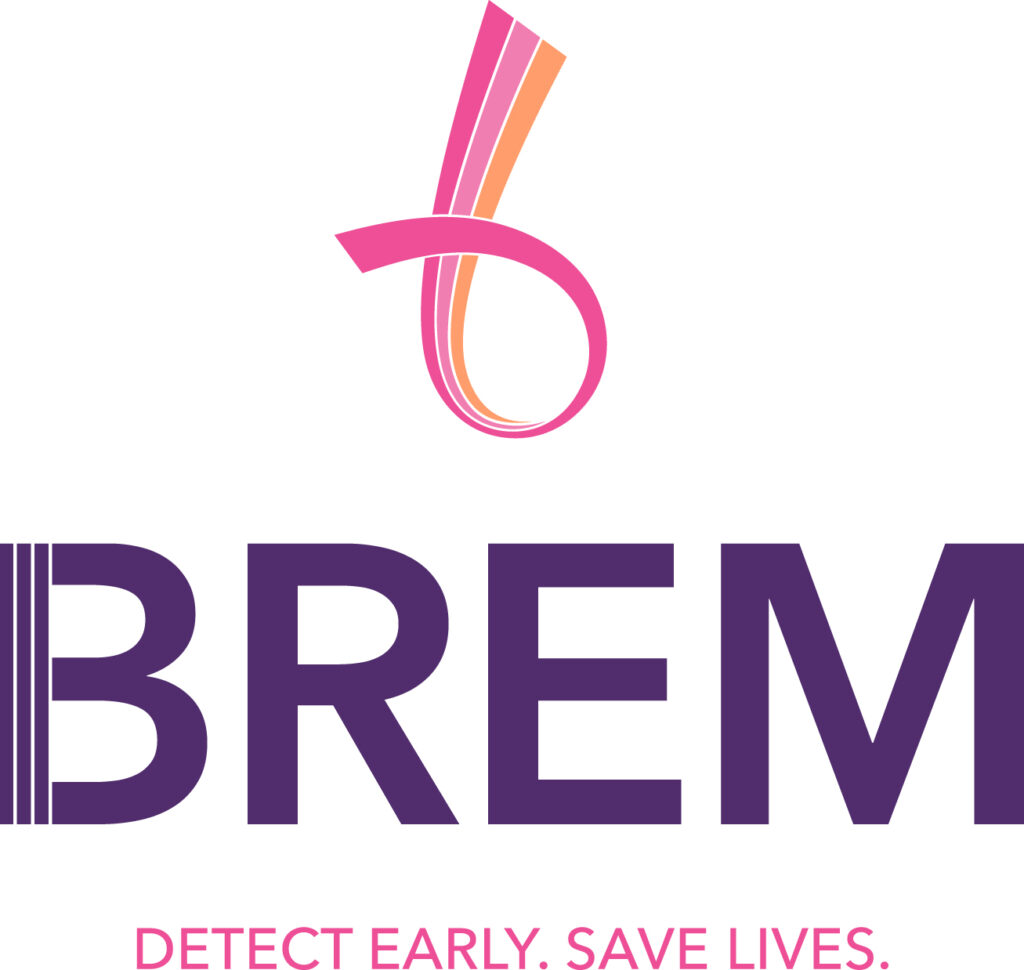Before COVID, breast cancer seemed like the most well-publicized disease in the U.S. But even with the publicity, women still do not know what they need to know to maximize their chances of finding early, curable breast cancer. The best starting point for being your own breast health advocate is to know your risk factors.
A risk factor is a characteristic, condition, or behavior that increases the likelihood of getting breast cancer. In the U.S., one in eight women will develop breast cancer during her lifetime. But if it’s found early, breast cancer is over 95% curable.*
Women often think they aren’t at risk for breast cancer if it doesn’t run in their family, but more than 75% of women diagnosed have no family history.
The number one risk factor for developing breast cancer is being a woman. Women often think they aren’t at risk for breast cancer if it doesn’t run in their family, but more than 75% of women diagnosed have no family history.
Dense breast tissue is the second most common risk factor for breast cancer. Dense tissue means you have more connective (fibroglandular) tissue than fatty tissue in your breasts. Dense tissue is normal and usually diminishes with age. However, dense tissue makes it about 25% more likely you will get breast cancer during your lifetime.
Dense tissue affects 50% of women in the United States. Cancers are harder to see in dense tissue with a mammogram alone. If you have dense tissue, which is only determined by having your first mammogram, you will likely need other essential screenings in addition to your mammogram. These screenings include ultrasound and for extremely dense breast tissue, MRI.
If other family members have had breast or ovarian cancer, it may make it more likely that you could develop breast cancer. If you discover these cancers in your family, inquire about the age they were diagnosed and whether there were others. If the person who had breast or ovarian cancer is a first-degree relative (i.e., mother, sister, grandmother), you should start screening for breast cancer 10 years before the age she was diagnosed. If she is a second-degree relative, you should talk to your doctor about when is the best time to start screening and what technologies are right for you.
Some people with strong family histories of breast cancer carry genetic mutations. The most common mutation associated with breast cancer is the BRCA mutation, but there are others that carry a high risk for breast cancer, as well. As geneticists and physicians learn more about breast cancer and its relationship to genetic mutations, they discover more mutations that were previously unknown. If you have a strong family history (i.e. anyone diagnosed before age 50 and/or multiple family members with breast or ovarian cancer), talk to your primary care provider or gynecologist about whether genetic testing is right for you. If you come from a male-heavy family, you may have to dig deeper to find out whether breast or ovarian cancer runs in your family.
The risk factors already discussed are immutable characteristics. You need to know about them and react to them, but you can’t change them. That is not true when it comes to lifestyle. To minimize your chances of getting breast cancer you should maintain a healthy weight, exercise, and eat nutritious food. Higher rates of breast cancer are associated with smoking, excessive alcohol, lack of exercise, excessive sugar intake, and obesity. It is important to drink in moderation, not smoke, and avoid recreational drug use.
Breast cancer risk also increases with age. The best way to reduce mortality from breast cancer is to start annual, personalized screening at age 40 unless you have risk factors that require you to start screening even earlier. You should also do a self-exam every month starting at age 20.
If you know your risk factors, you have a strong chance of changing your outcome. Once you have a sense of your family history, density, and lifestyle risks, you can work with your provider to create a personalized screening schedule that’s best for you. To learn more about risk factors, visit bremfoundation.org/know-your-risk-factors.
*Based on a five-year survival rate.














